Topic 4c - The Types of Emissions Released by Forest Fires
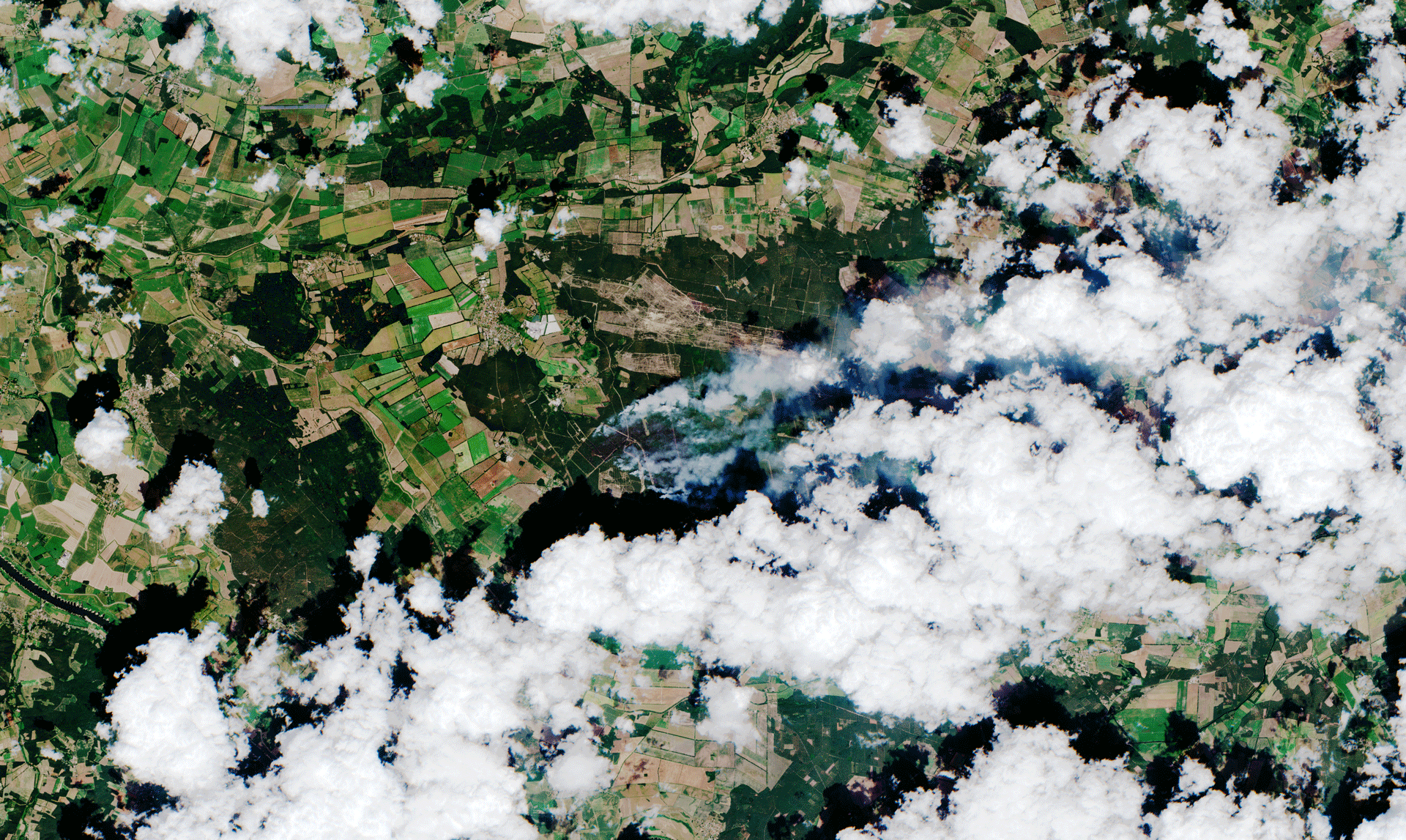
Forests are a carbon sink, which means they store carbon from the atmosphere into the soils, and trees and plants through photosynthesis. So when forest fires burn, the carbon stored in the trees, soils and other vegetation is released as carbon dioxide (CO₂) and other greenhouse gasses, such as methane. However, when vegetation in burned areas regrows, it draws this carbon back out of the atmosphere, and this is part of a normal fire-recovery cycle.
But, as global temperature are increasing and severe droughts are leading to more forest fires in many regions, some forests that have been effective carbon sinks may become carbon sources, as the normal fire-recovery cycle does not happen.
In addition to greenhouse gas emissions, particulates (PM2.5) and smoke is also released by forest fires, and these particulates can scatter or absorb solar radiation and be deposited elsewhere where they may affect albedo, particularly if landing on snow or glaciers. Photochemically reactive compounds (e.g., carbon monoxide (CO), nonmethane volatile organic carbon (NMVOC)) are also released.
Emissions from fires do not always stay close to the source. During Summer 2019 forest fires in the Arctic released around 50 megatonnes of carbon dioxide in June alone according to the World Meteorological Organization. Fires started in July 2019 in Siberia and by the end of the month the size of the fires reached 2.6 million hectares. On 31 July 2019 the smoke from burning Siberian forests reached Alaska and, possibly mixed with smoke from local fires, reached the western coast of Canada.
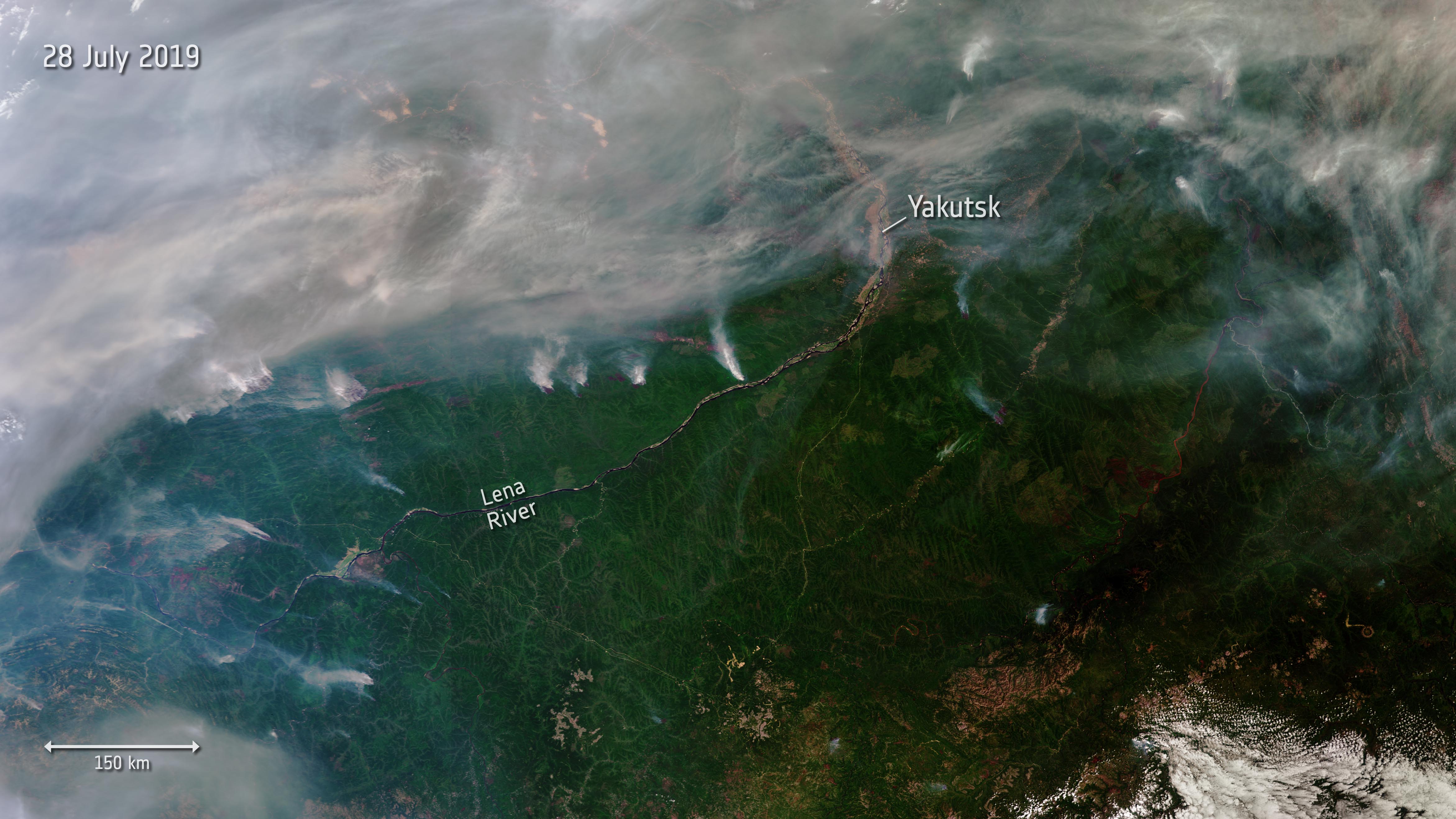
Similarly, fires on the US West Coast in September 2020 travelled over many thousands of kilometres, all the way to Central Europe, where it continued to affect the atmosphere for days afterwards. Aerosols from these forest fires disturbed the free troposphere over Leipzig in Germany, which reduced sunlight by a third. According to a California Air Resources Board report, the 2020 California wildfire season released 112 million metric tons of carbon dioxide into the atmosphere.
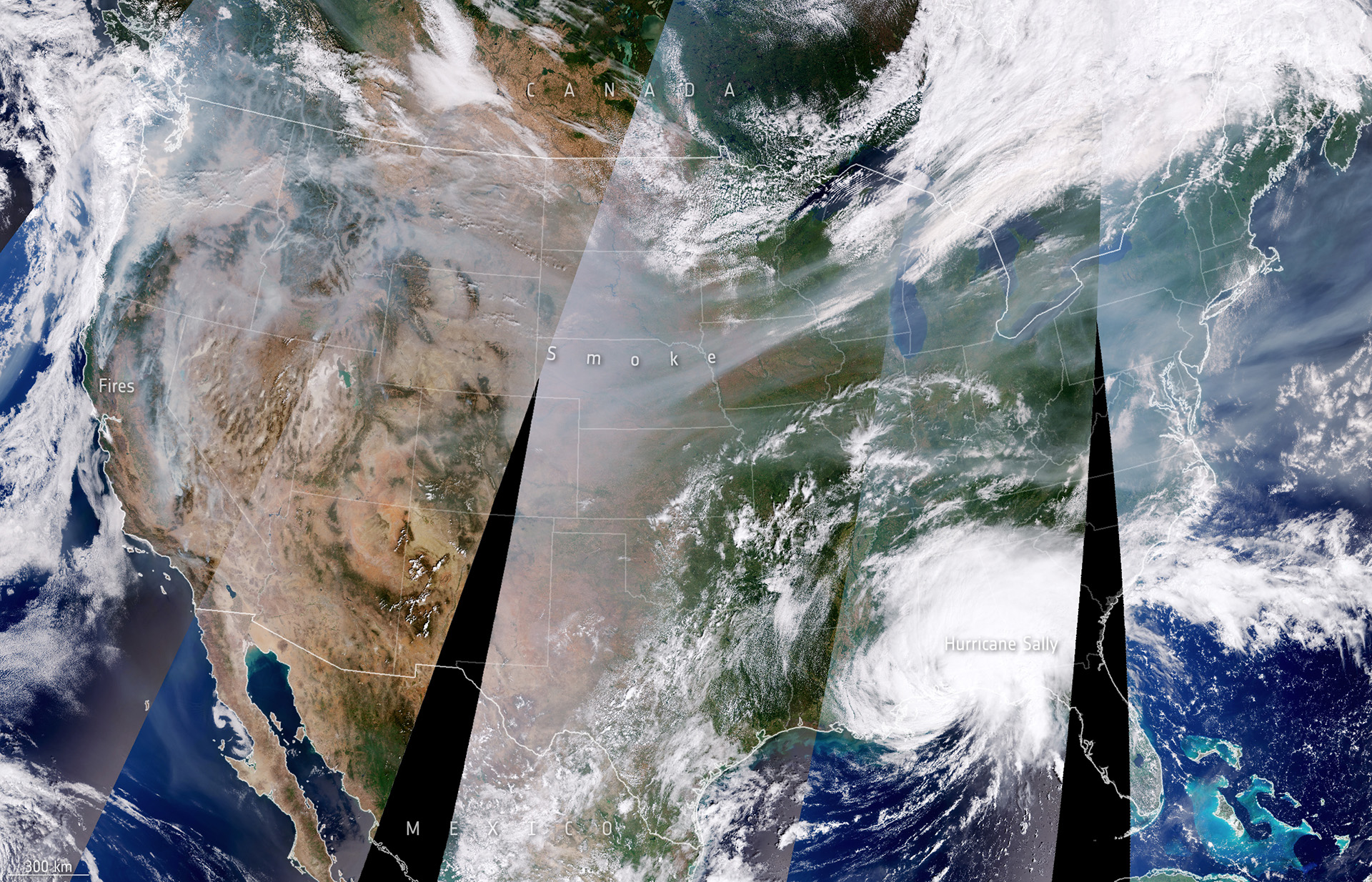
Most recently, there have been severe fires in Turkey and Greece in July & August 2021. The smoke and ash from a massive forest fire on the Greek Island of Evia was so intense it blocked out the sun, turning the sky orange.
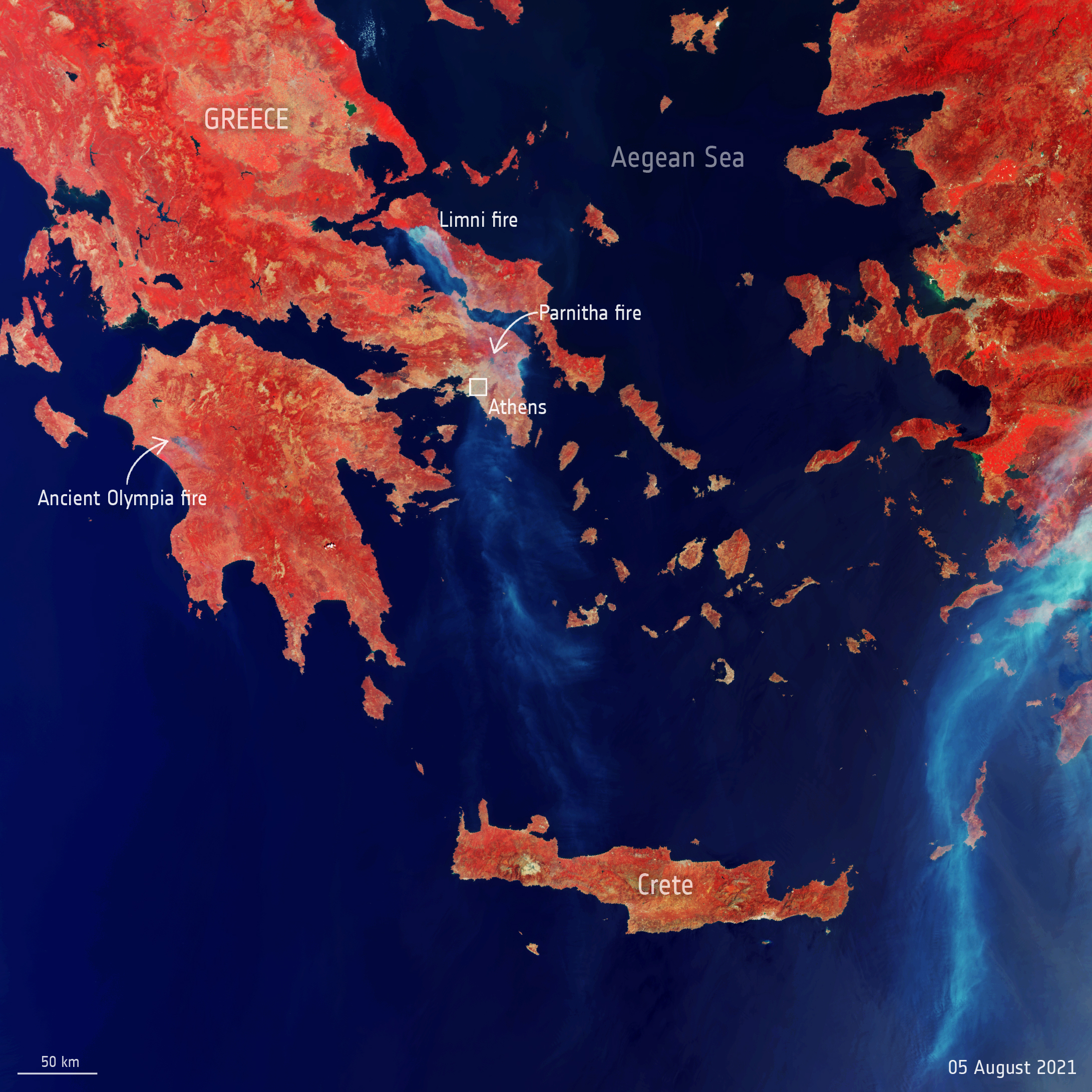
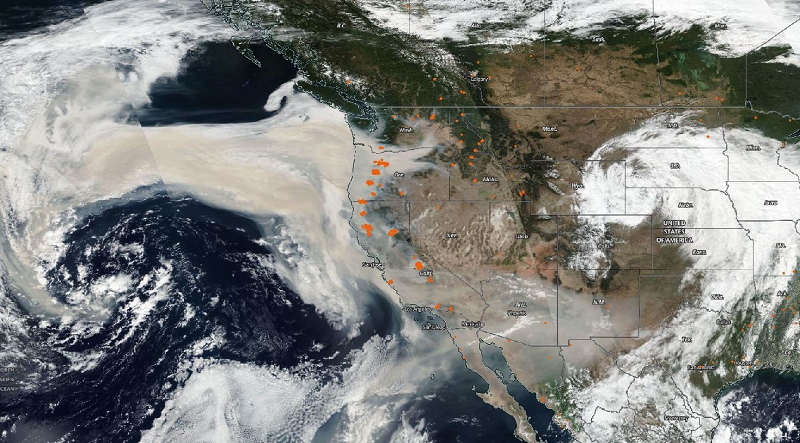
©
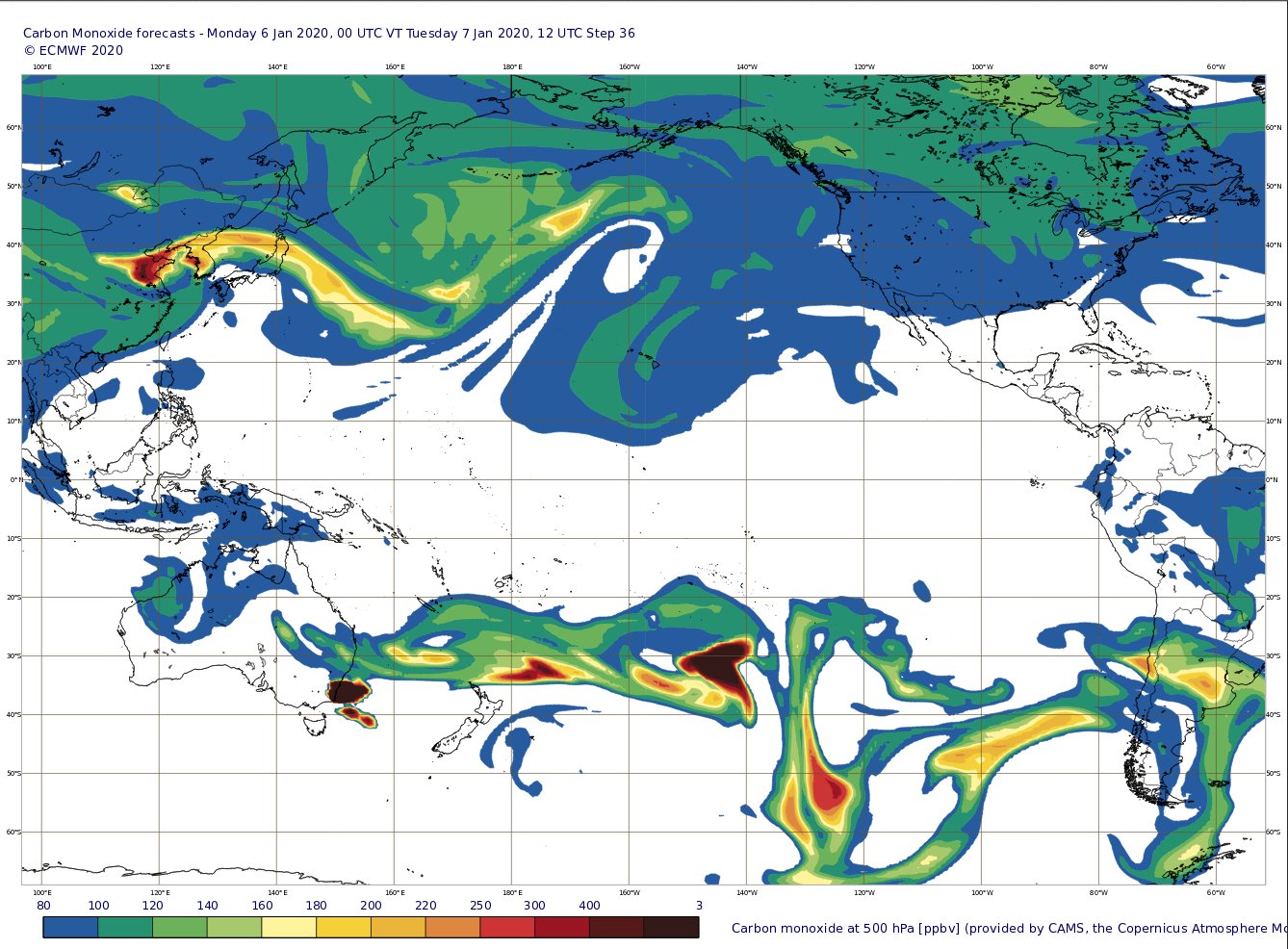
©

©

©
Discussion



